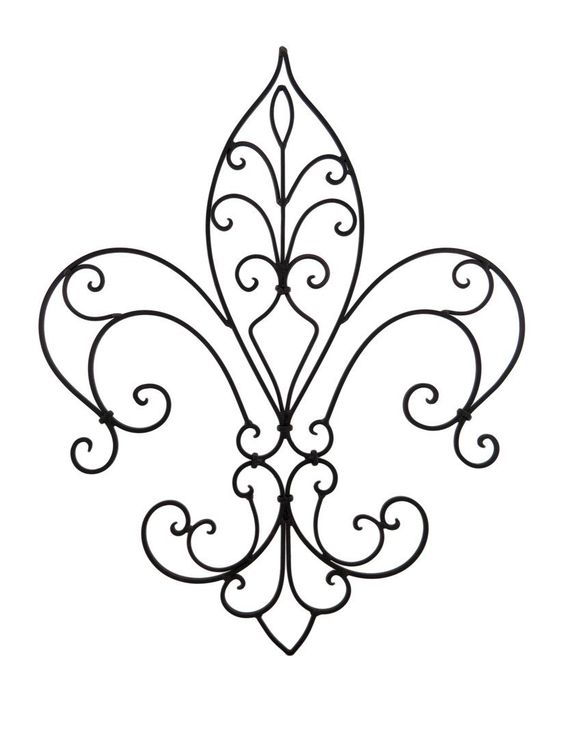
You see colors in everything around you, every moment of the day—but do you ever stop to think about the impact each of those colors is having on you? Whether it’s the calming effect of blue skies and fields of green, or the saliva-inducing red and yellow of your local fast food chain, each color has a meaning and taps into emotions. There’s a whole science (and art) in the meanings of colors. Similarly, colors also have cultural connotations revolving around them. Such as the color white is considered pure, color black is considered to be an omen and so on. Each color can have a different meaning attached to them, based on the geographical location. Down below, we can see each color and their positive connotations on the right and negative connotations on the left, in different countries of the world.



Just like the colors, clothing items can symbolize something too. Fashion, throughout history has been a medium through which people convey the message of values, status, rebellion, etc., Fashion is a vehicle you can drive to feel a sense of belonging in your culture, religion, social groups, country or ethnicity. Golden Globes Black Out, 2018, where female celebrities walked the red carpet wearing black as a sign of protest for the #MeToo Movement or how the colors of the rainbow are used by the LGBTQ Community to symbolize unity in diversity.
Let us take headwear and examine how different it can look from country to country and also note what each headpiece symbolizes.

- Cultural Connotation– Slave Traders made it mandatory for black women to wear a turban/scarf on their heads to segregate them when they were being carried on ships from Africa to be sold in the US, ergo it was a sign of oppression. Women who were subject to slavery, used to carry secret messages in the folds of their turbans to communicate amongst one another in secret to form a rebellion, ergo it was also a symbol of freedom. The turban eventually became a part of the Black Power uniform, which they wore while protesting for their freedom.
- Social Connotation– The Peta is an ivory turban made out of silk. It was used by the Mysuru Wodeyars and peers of the realm to signify royalty, power & status.
- Spiritual Connotation- The use of hijab is mentioned in the holy Quran. Islamic women wear for a plethora of reasons i.e., to be modest, to evade male gaze and to convey that they have completely surrendered to their faith. There are many countries which are Islamophobic and hence do not allow Islamic citizens to cover their faces, so that every citizen can be identified. So women wore hijab is also used to curb islamophobia and raise awareness about it to eliminate misconceptions.
- Political Connotation- The Kaffiyeh is a square fabric typically covered with patterns of black and white. It was worn traditionally, by farmers to protect their skins while they worked in fields but eventually, it became a symbol of solidarity against the British Rule. When Yaseer Arafath was seen wearing the Kaffiyeh when he attended conferences, it became a tool of resistance to battle extrajudicial killing, oppression and dispossession.

And finally, The Kimono has a massive connotations in the Japanese Culture. It is symbolic of grace, traditions, good fortune, positivity, prosperity, intricacy, effort, elegance and so on.
From a fashion stand-point, we can conclude that as designers, it is necessary to know about various colors and their significance in various cultures as well as important pieces of clothing which have some strong roots or value attached to them so that in the future as well-informed and responsible dressmakers, we do not offend any sentiments of various groups by painting their pieces of clothing/accessory with a deep-rooted value, in bad light.

